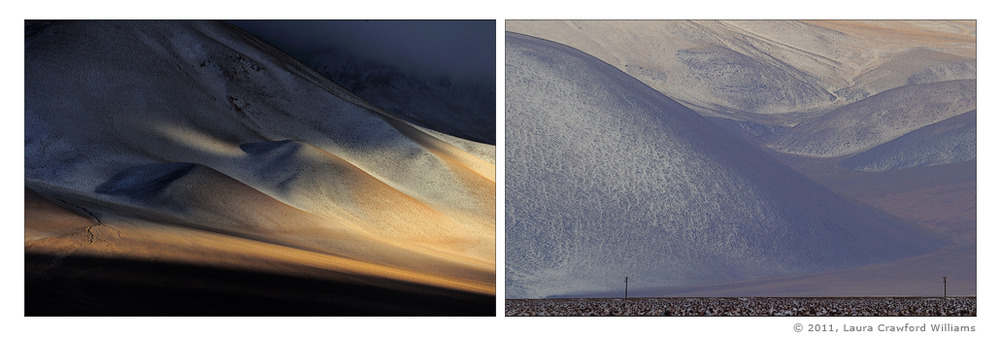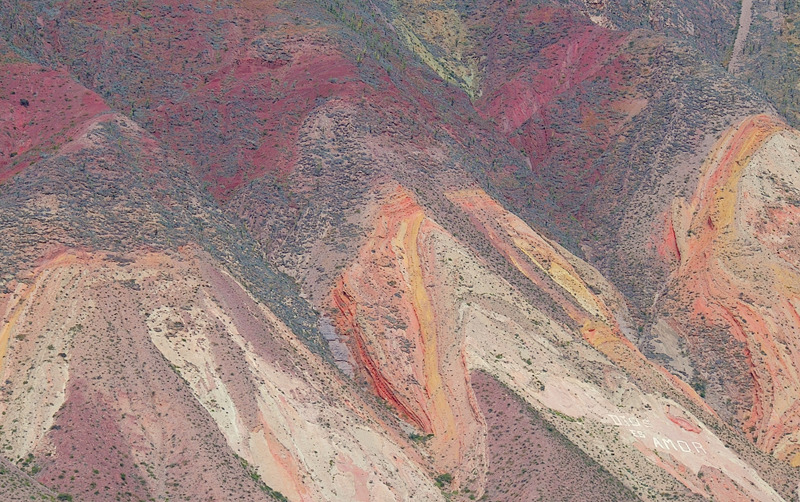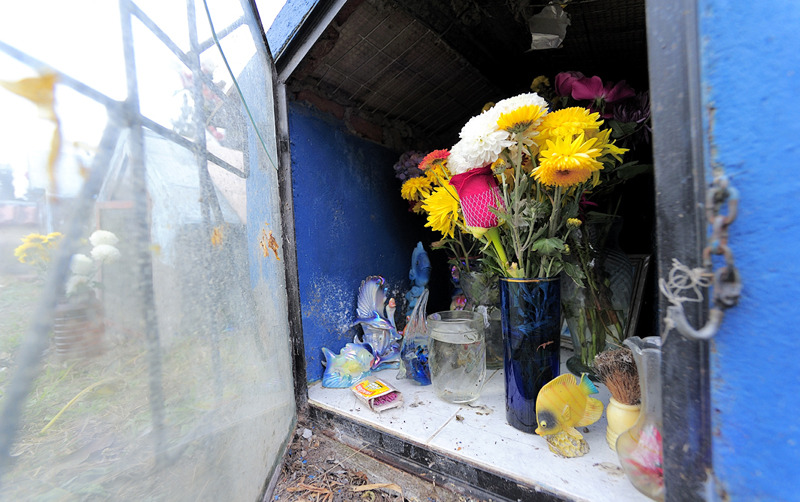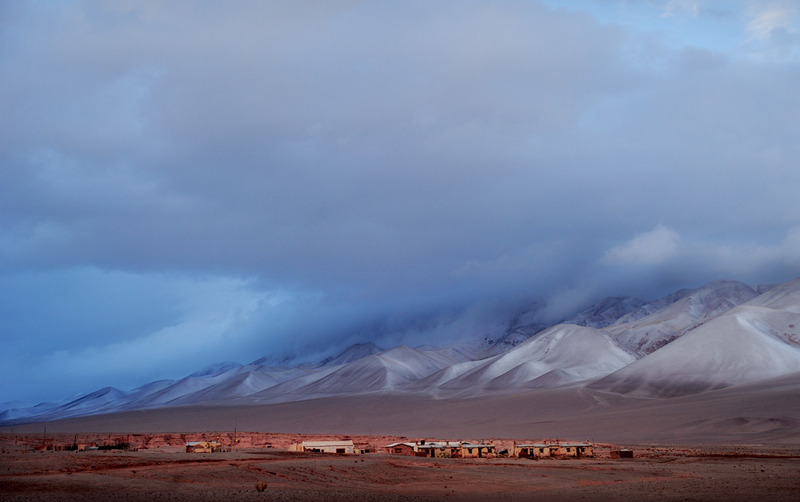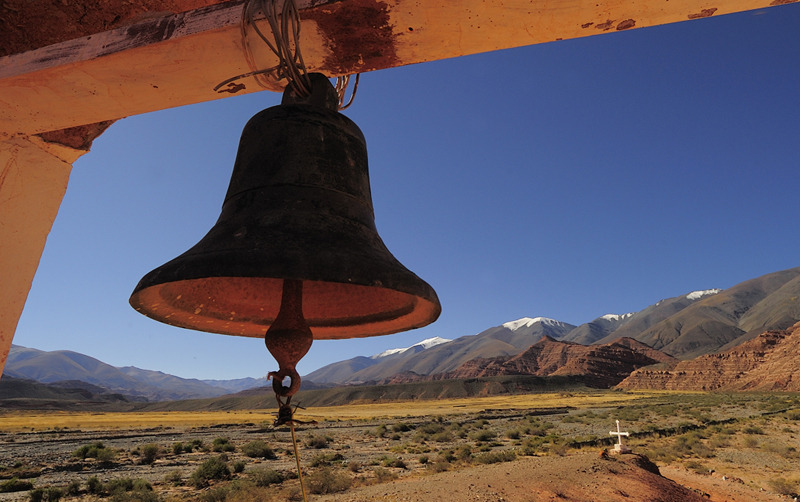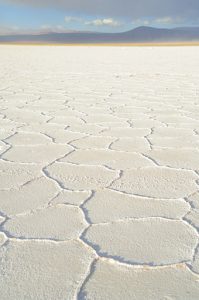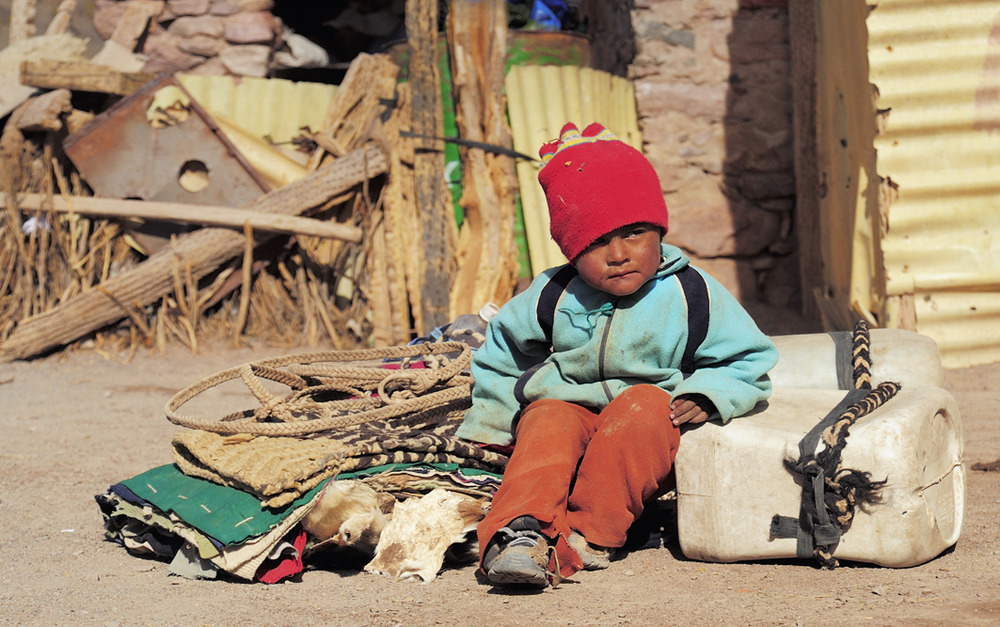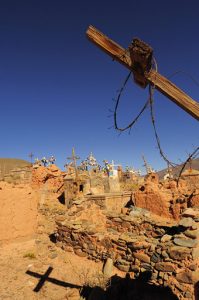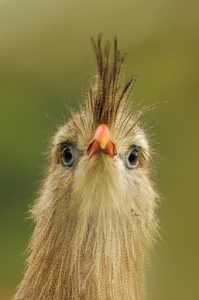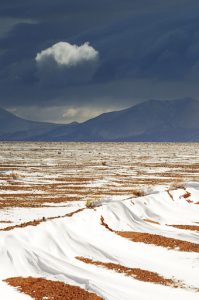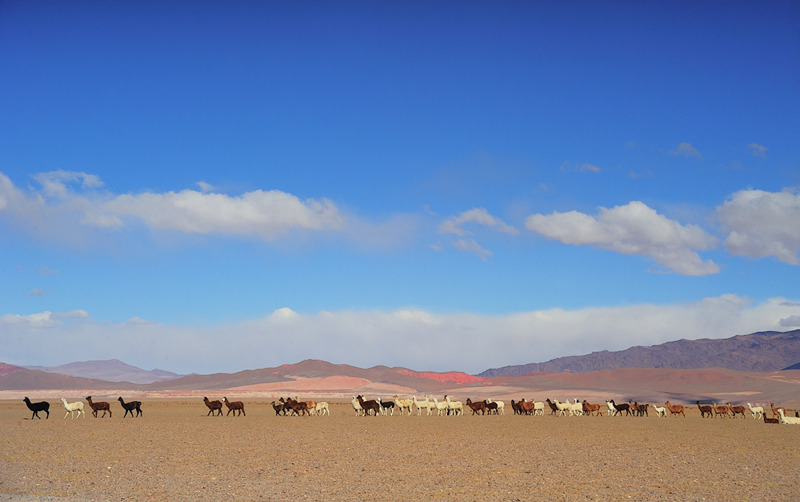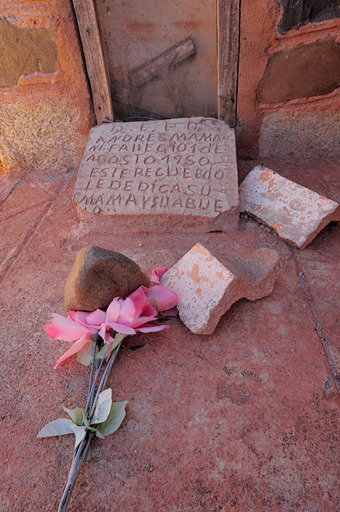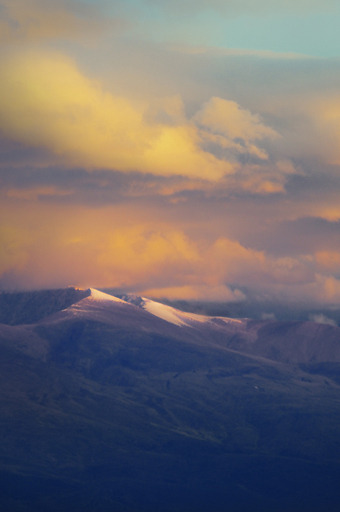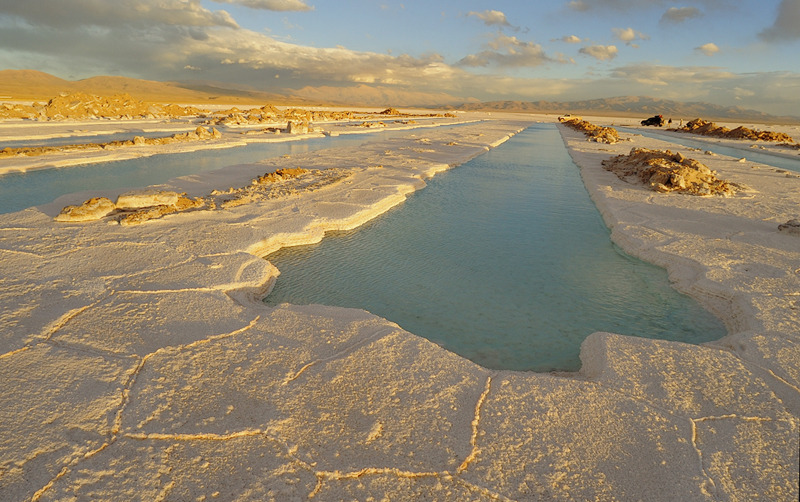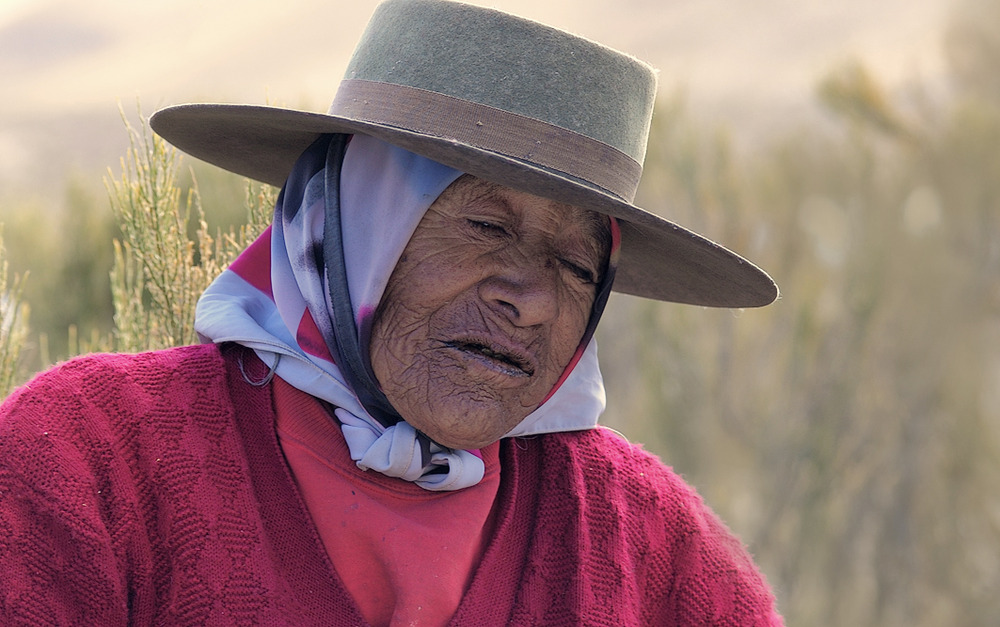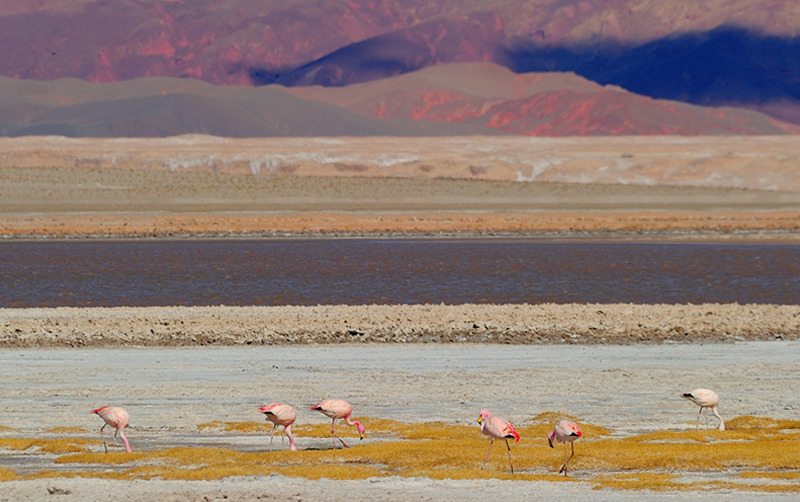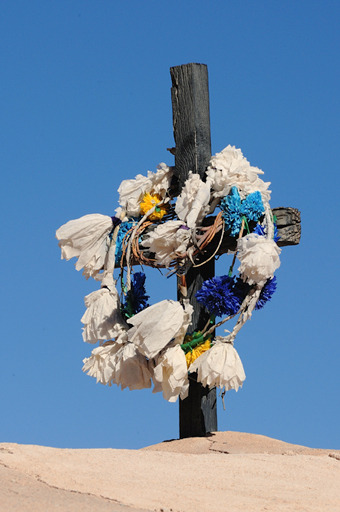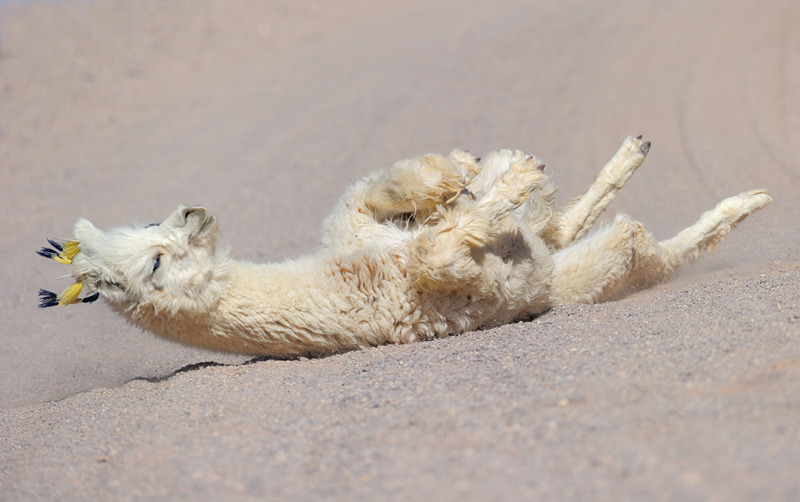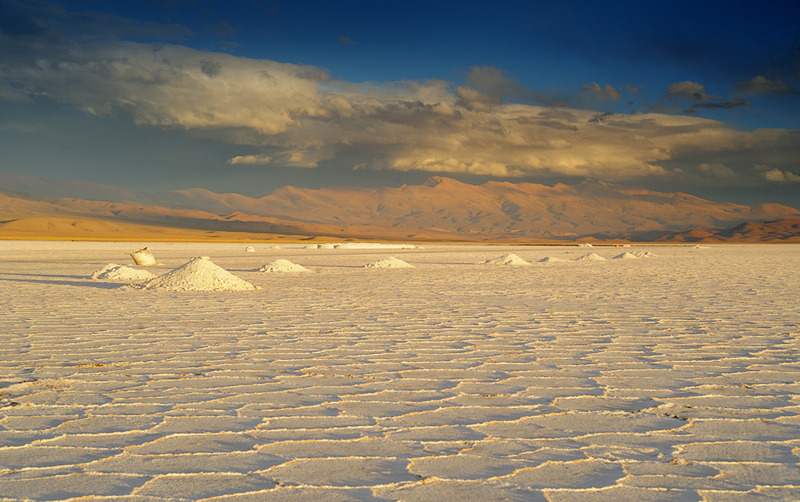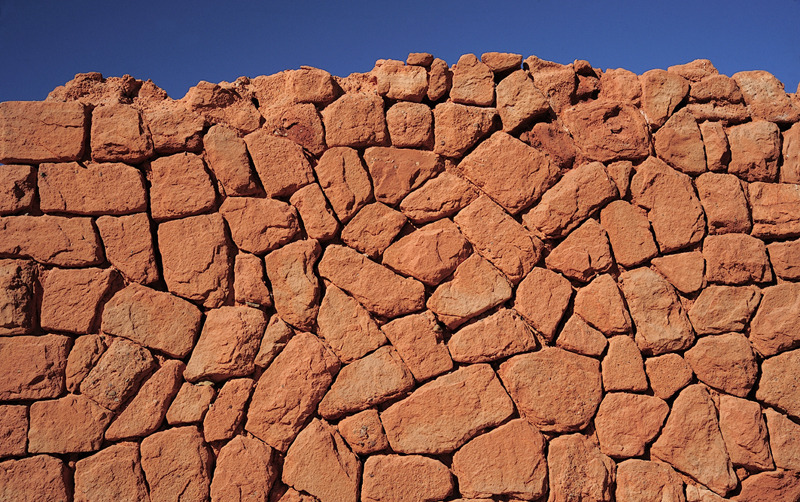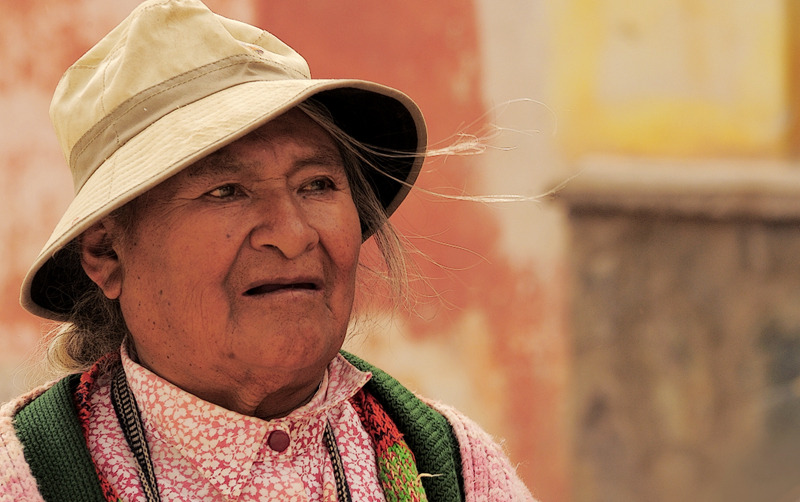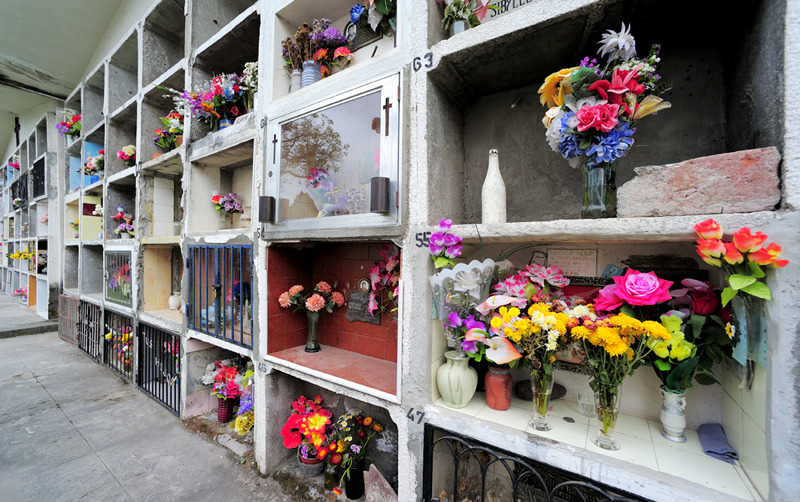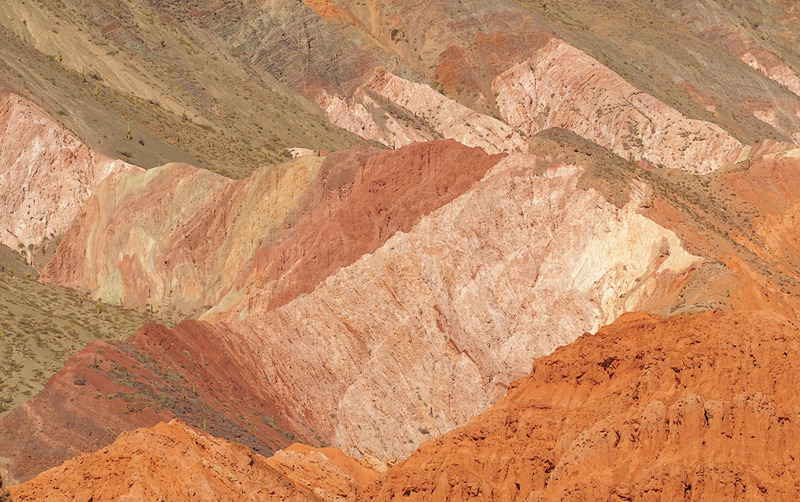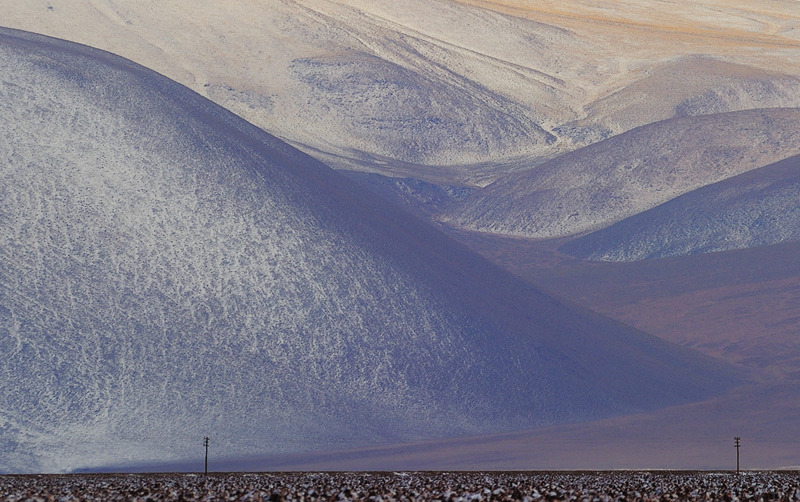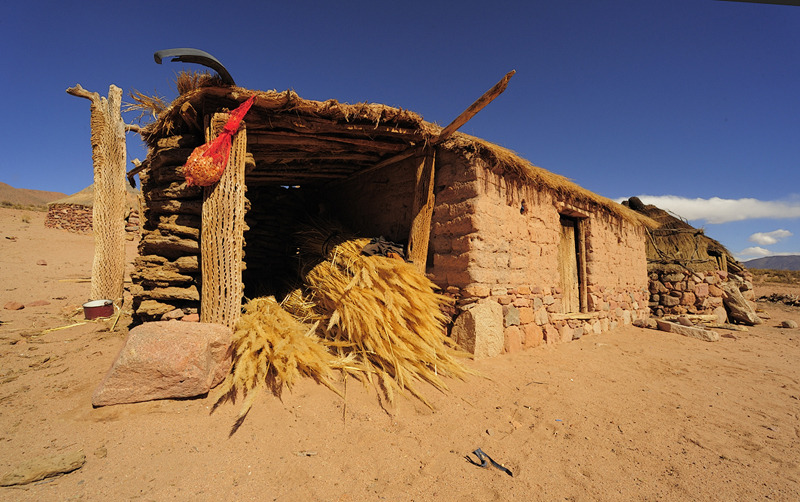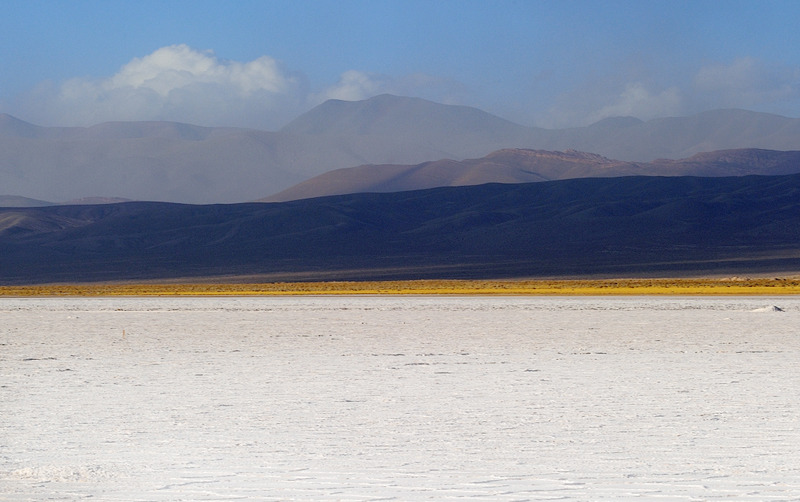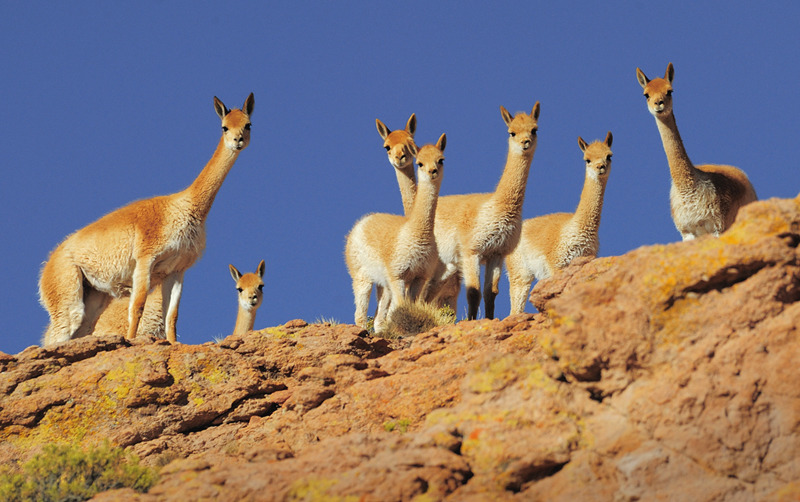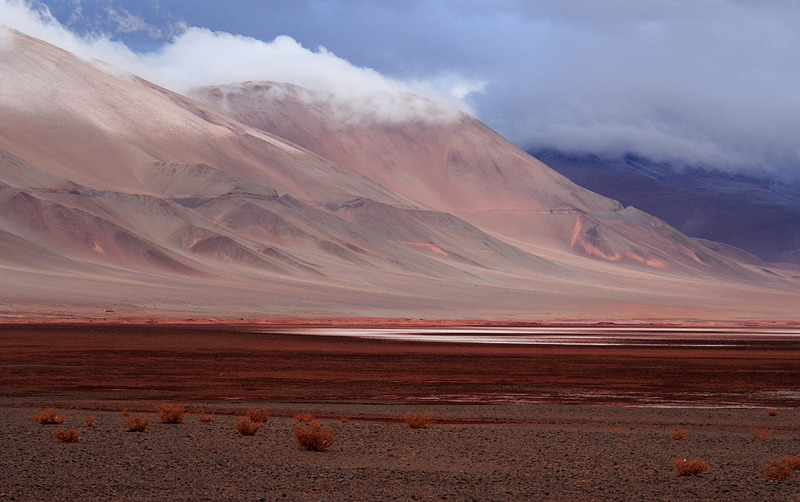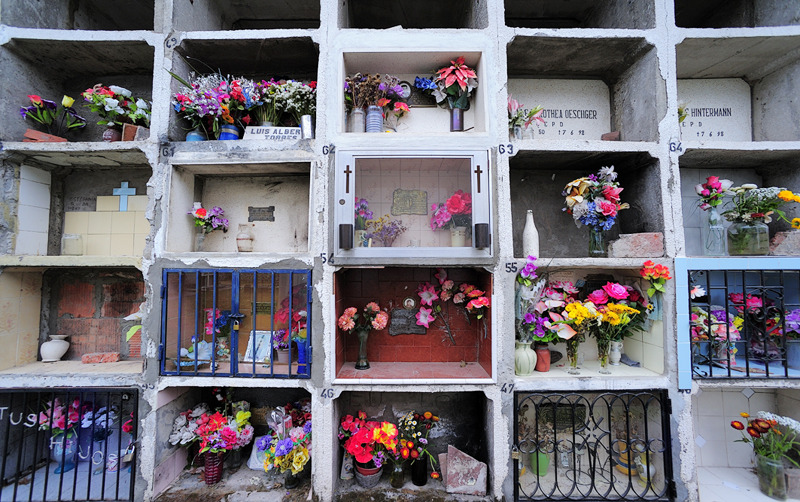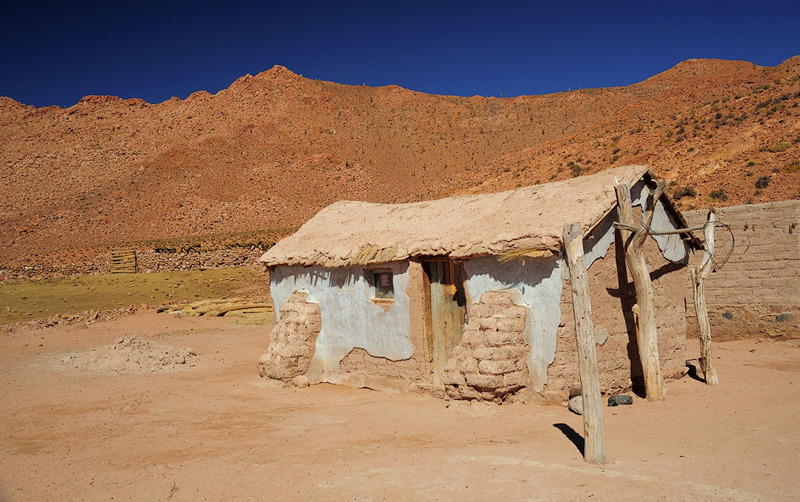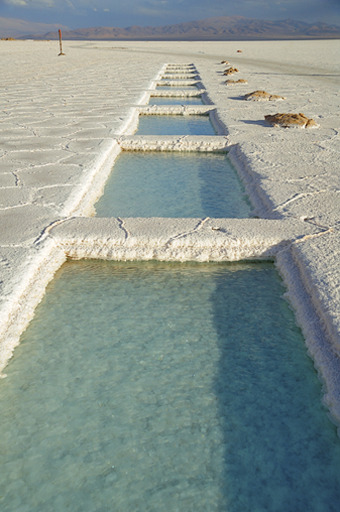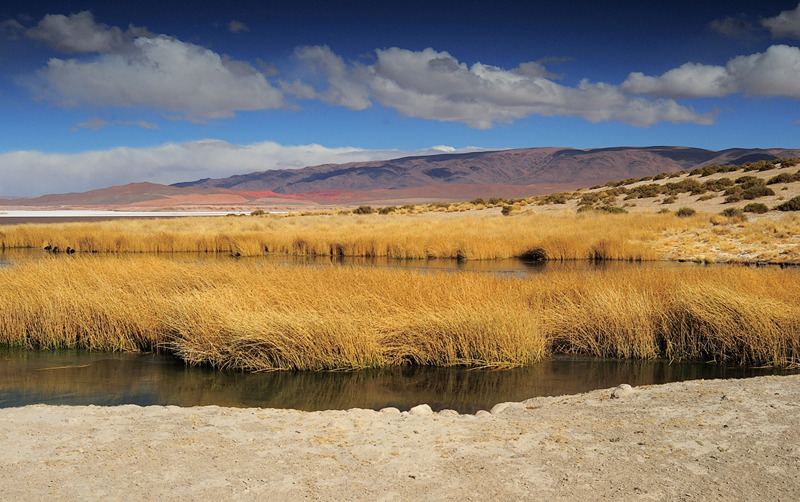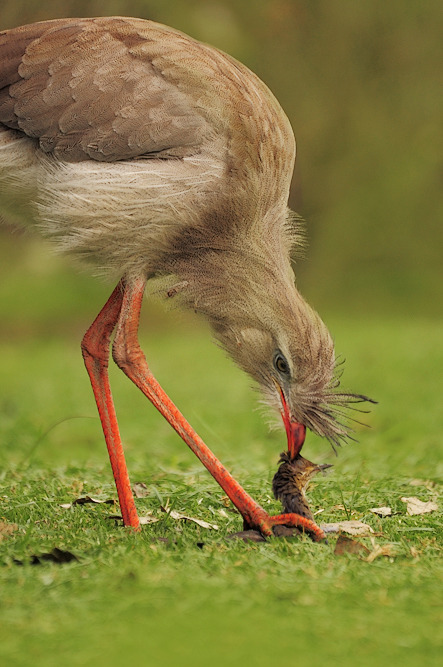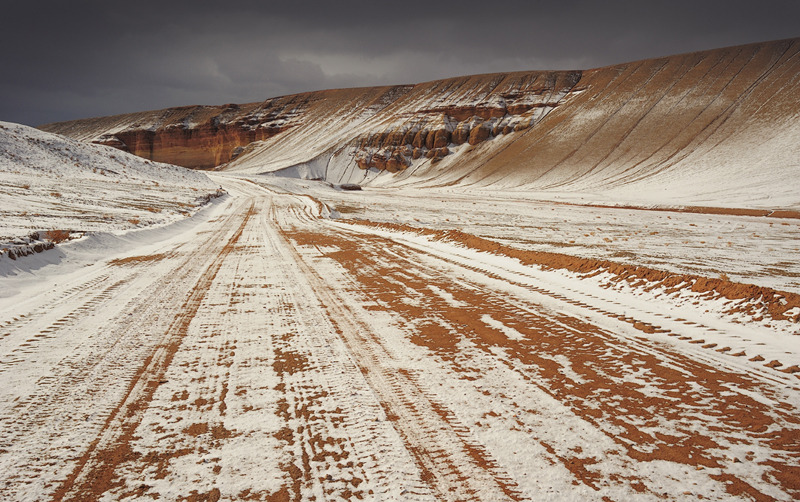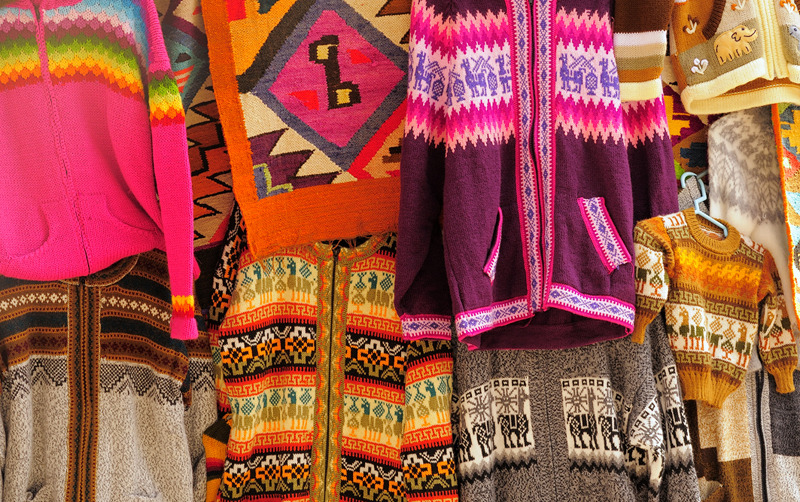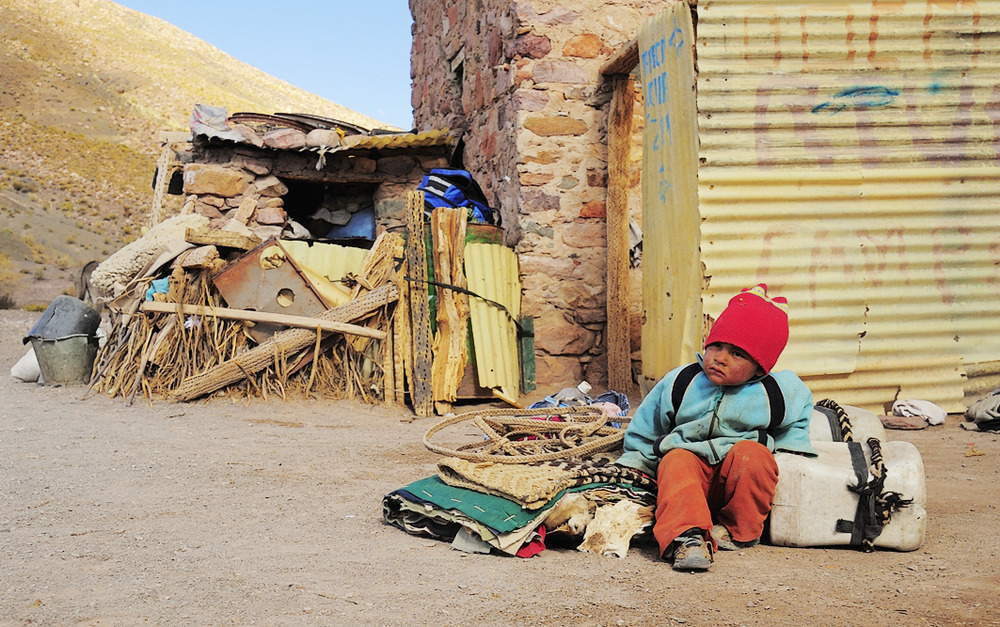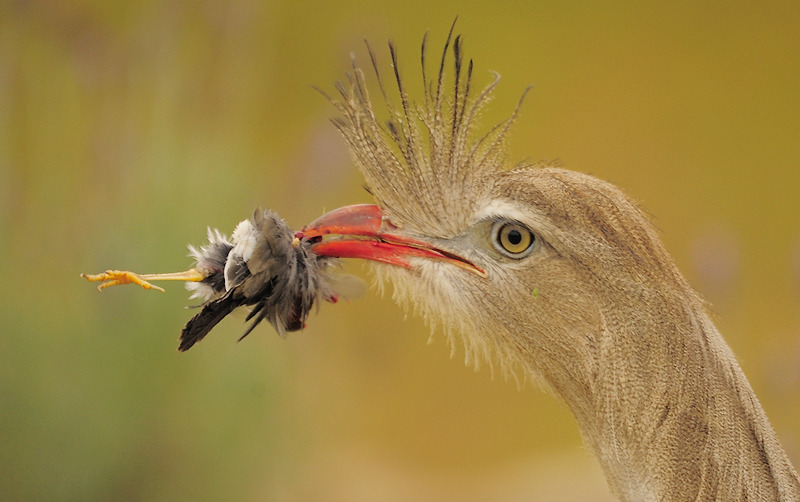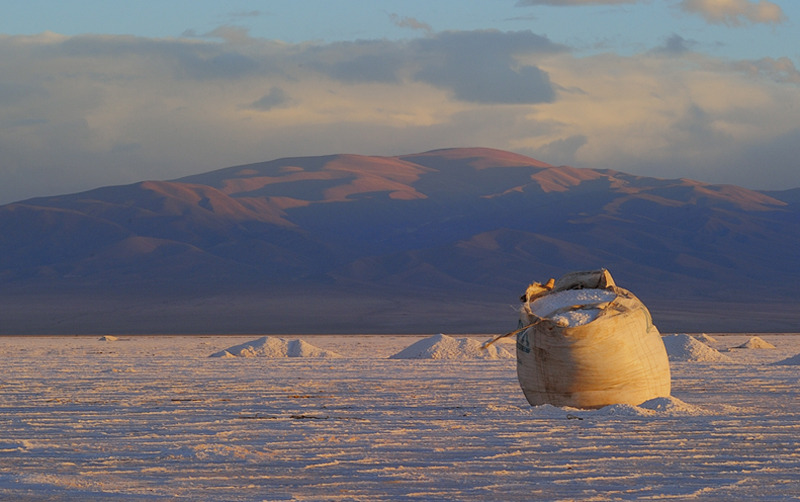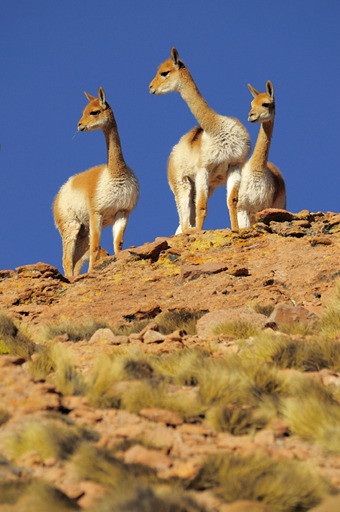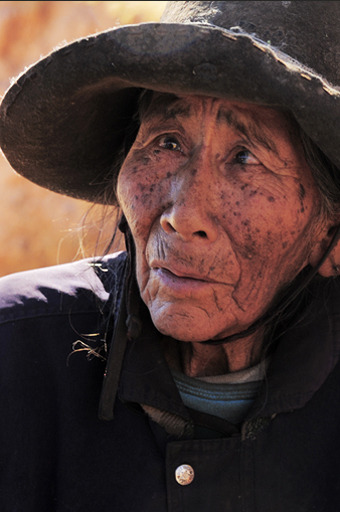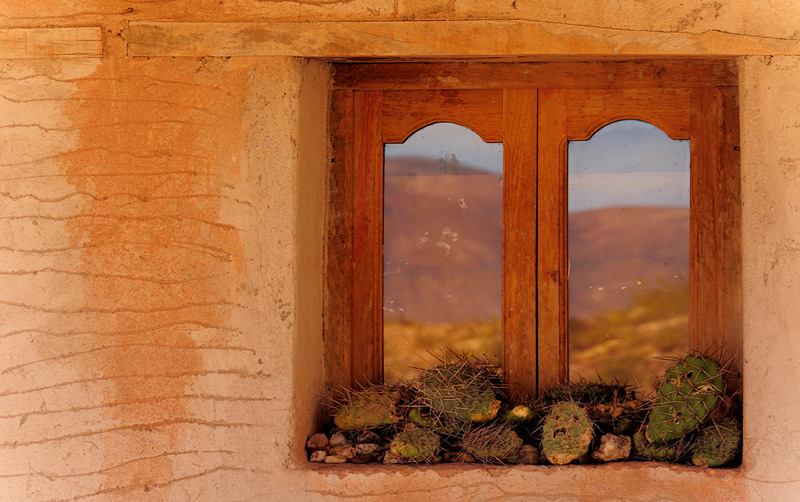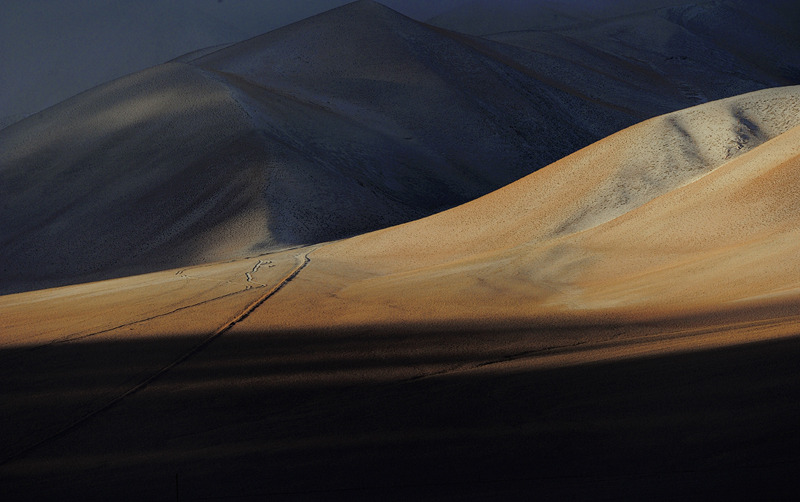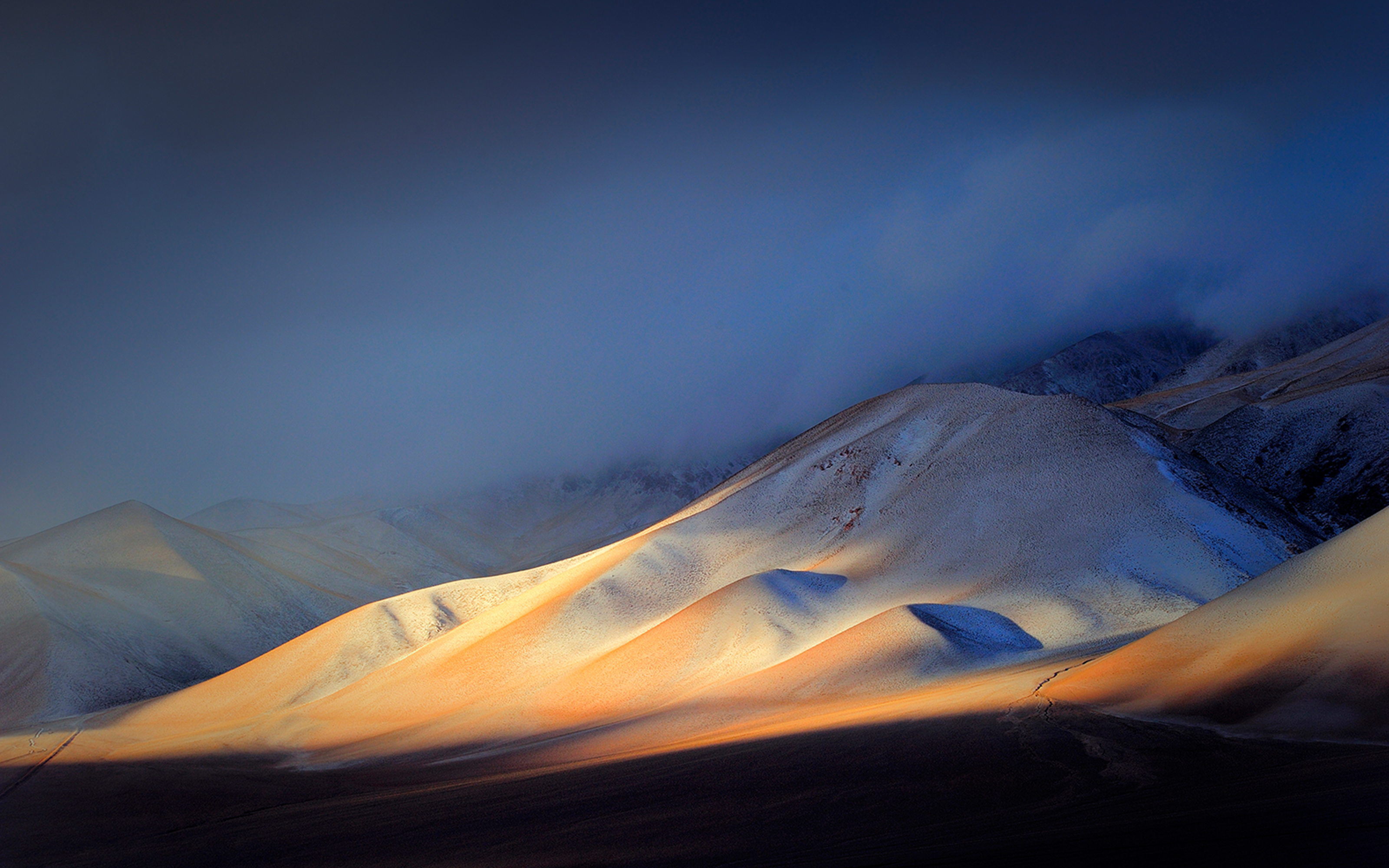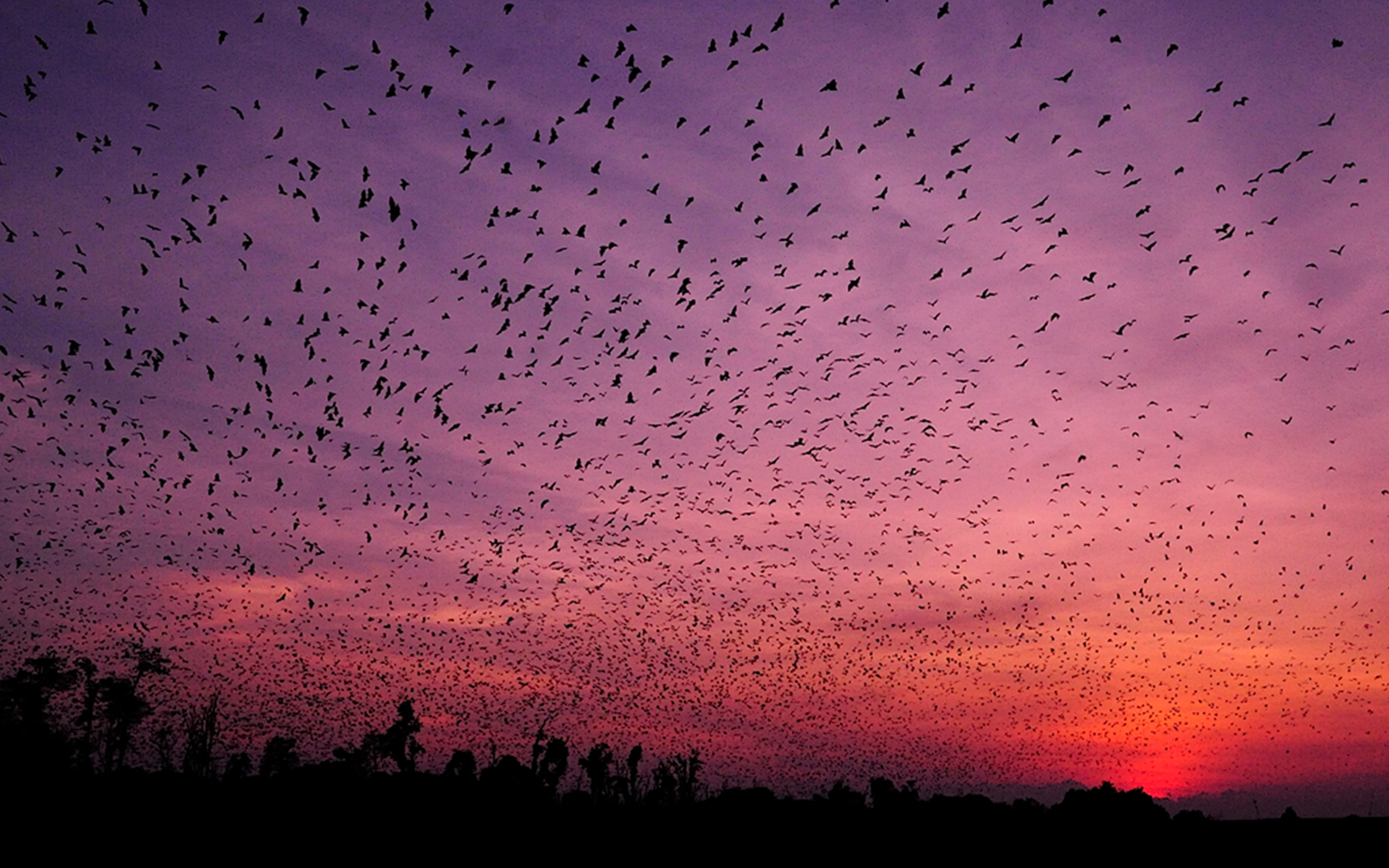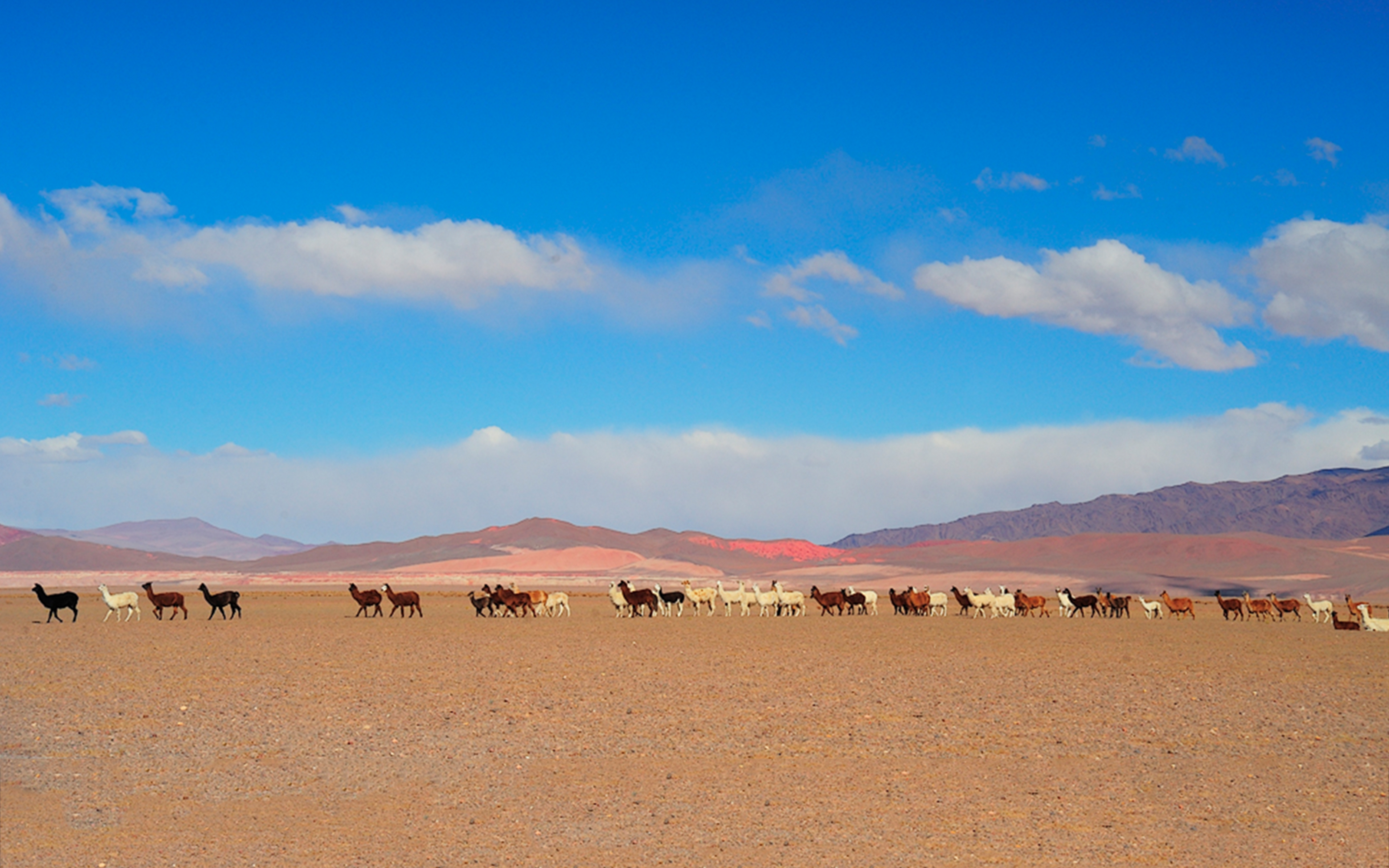

Northern Argentina, June 2011
Jul 2011
By: Laura Crawford Williams
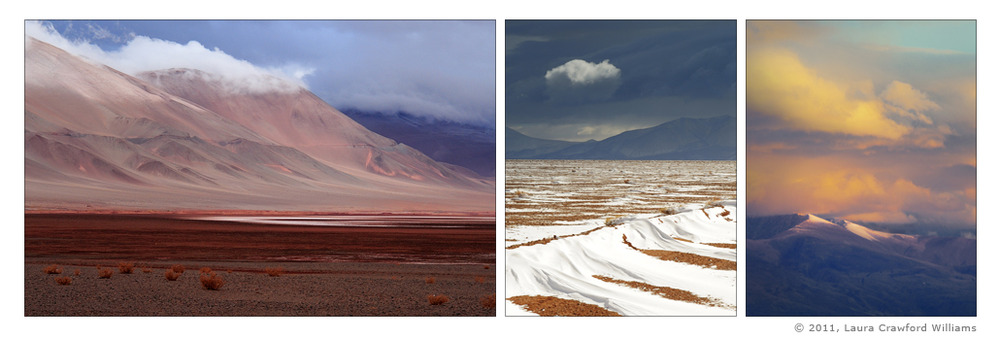
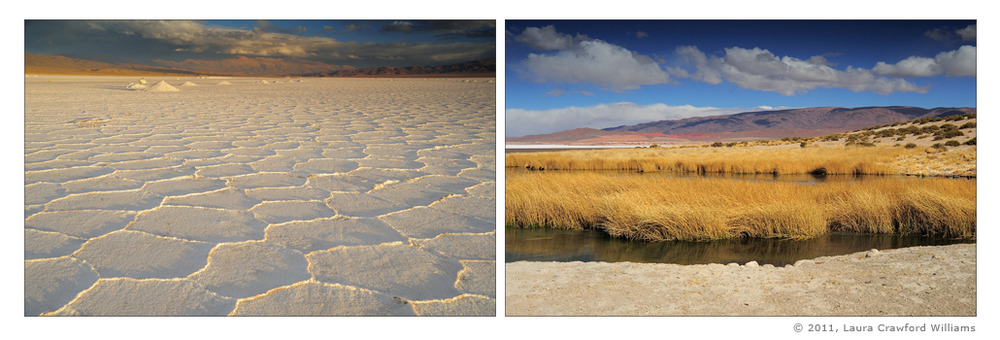
Tucuman, Jujuy, and Salta Provinces
When German approached me about doing a scouting trip to northern Argentina, I was skeptical. My mind played images of barren desert landscapes with little wildlife to be seen. Yes, I’d seen colorful photos of mountains and giant cacti that were very nice, but not really “my thing”. I resisted his idea for over a year. At about the same time, I met an old friend at a photography conference. He teaches photo workshops in the States and had just begun to explore some international destinations. His name is Corey Hilz and he specializes in nature as well as travel photography. We had talked in the past about co-leading a photography tour somewhere in Argentina. I mentioned the possibility of visiting several different areas, including the north. After a little more discussion, some research, and gentle prodding from German we agreed that in June 2011 we would explore Tucuman, Jujuy, and Salta in Northern Argentina. We just returned from that scouting trip and I’m happy to say that I was wrong, completely. The area was full of life, color, and variety. It is a truly amazing place.
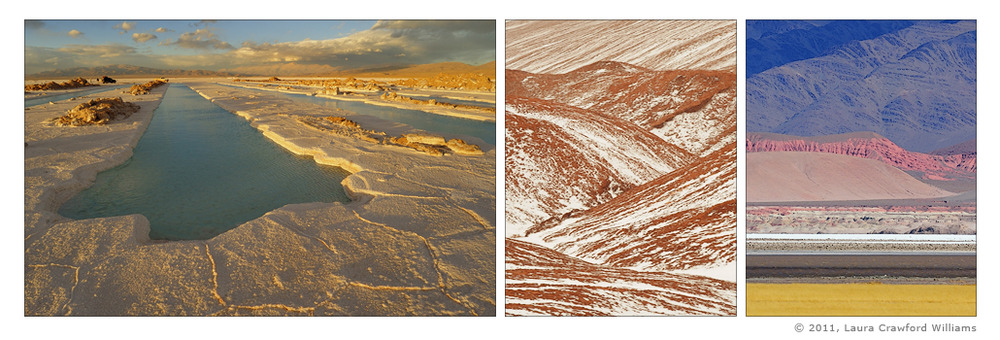
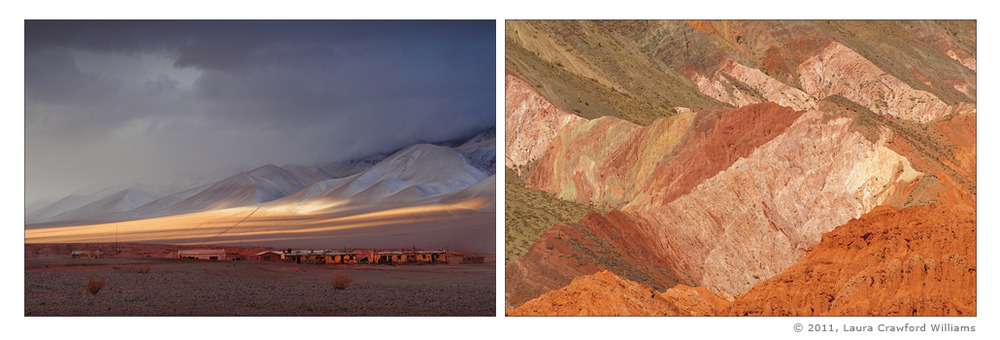
The Landscape
Our goal was to explore the Calchaquies Valley and the Quebrada de Humahuaca, narrow valleys once used by Inca as trade and transportation routes. While it’s true that this is a semi-desert region, that’s far from all we saw. I was completely surprised by the variety of landscape in such a small area: mountains, desert, salt flats, high plains, volcanoes, and lush valleys. We went from 1000 (3281 feet) to 4895 (16,059 feet) meters above sea level. We saw the altiplano (high plains) to the North and vast salt flats of the Puna to the West. (The Puna is a high altitude plateau at an average of 4000 meters or 13,123 feet above sea level.) The landscape was constantly changing around us and the colors of each were amazing. It’s true that we focused on landscapes more than I normally do. And, it’s also true that I’ve never taken so many pictures of colorful patterns on the mountainside. But, the colors were stunning, the culture unique, and the landscapes far from similar. It was a trip that literally celebrated color, truly vivid color from the grasses, mountains, and slat flats to the adobe homes, artisan markets, and clothing worn by the locals.

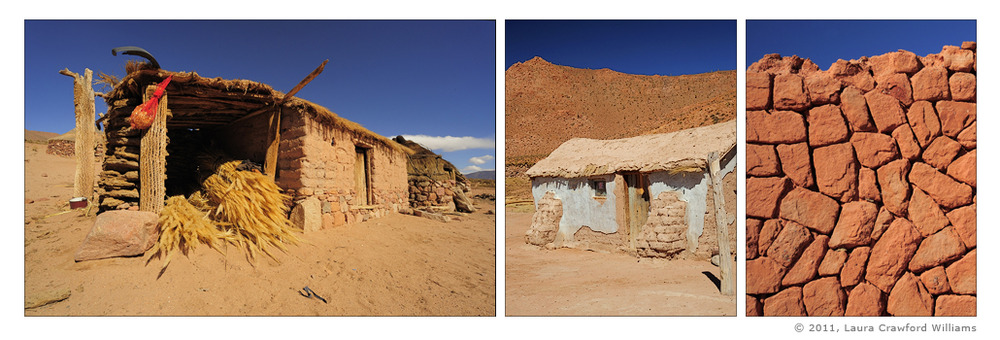
The People
Each little town had its own charm and the people were truly unique; everyone was kind and friendly and the food was delicious. We had original dishes like Humita and the best tamales I’ve ever eaten. The people in these areas have adapted to some of the most extreme climatic conditions. Their heritage comes from pre-Hispanic times and they hold firmly to traditions and rituals passed down through generations. Interestingly enough, we also found ourselves fascinated by the variety and beauty of primitive graveyards in the most rural as well as more urban locations. Yes, these are poverty stricken places, but it’s different from the poverty you witness in more urbanized locations. The people survive from the land. Homes are built from clay/mud bricks and the skeletons of the Cardones cactus. Many depend on goats for their livelihood.
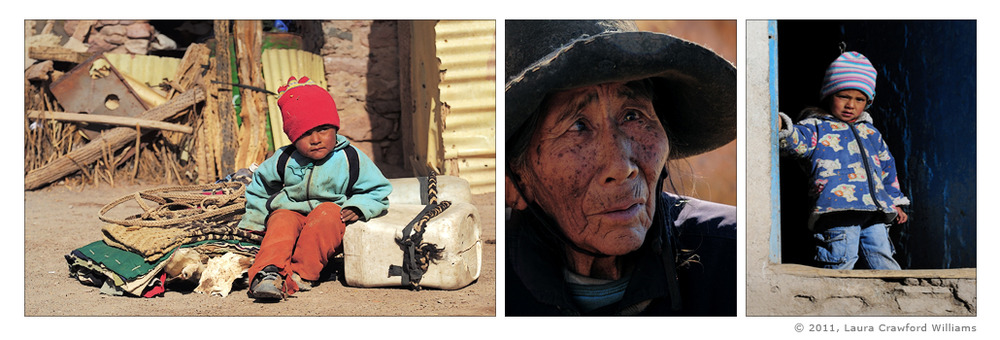
One afternoon, while passing near the town of Payogasta, we found the road blocked by an old woman herding goats along the dirt road. The goats were all hobbled, their feet tied closely together so they couldn’t run. The woman walked slowly and with a walking stick. We stopped to talk with her and asked permission to take her picture. She was sharp, wanting to know each of our names, sometimes repeating them over and over after being introduced. She asked lots of questions about our travels. Her name was Torres and she was 89 years old. We shared cookies and good conversation before saying goodbye and asking if we could visit her again in the future. She said she would be happy to see us, but we couldn’t bring the same car and pointed to our Frontera logo on the side. This was a little strange and there was a pregnant pause filled with confusion until she explained. Our Frontera logo contains a picture of Jaguar. Torres felt the logo was bad luck; it could attract large cats like the Puma that roamed in her area. That’s a problem for her because Puma eat goats. So, on our next visit…no logo and no cats!
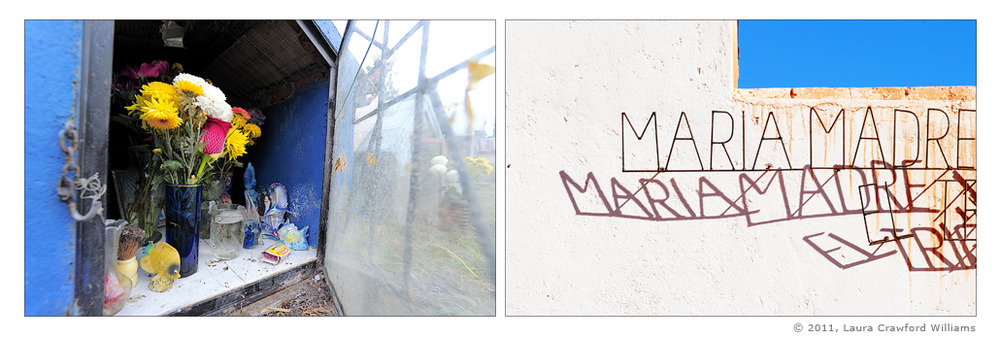
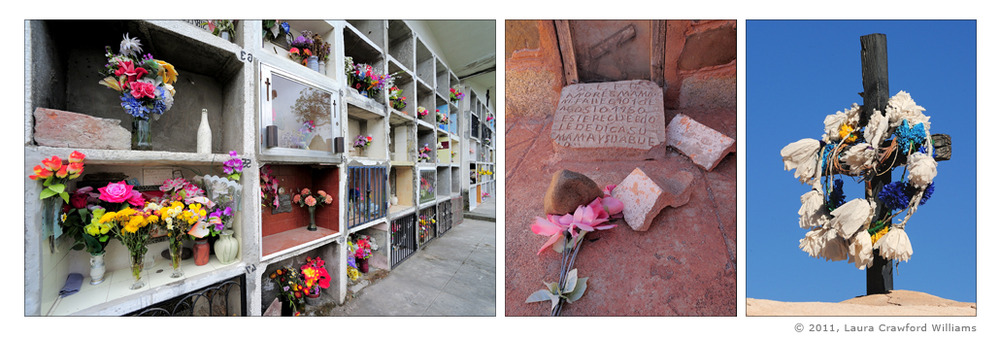
The Wildlife
While landscape and cultural photo opportunities took precedence, there was a surprising amount of wildlife. The most common animal we saw was the Vicuña, most similar in look to the Guanaco and related to the Llama. They were very curious, craning their necks from side to side as they stopped to check us out. We also found Llamas. While some were domesticated and often decorated with colorful pompons for celebrations, others were wild and roaming the high plains. Llamas are great because they always seem to be smiling at you. Like Dolphins, their faces just look happy which is only exaggerated when their ears are decorated with pompons. Toward the end of the trip the bird photographer (me) was finally given a treat. We found Flamingos in the salt flats, their pink colors blending perfectly with the colorful mountains surrounding them. But, my favorite subjects were three Red-legged Seriemas in Salta. (Seriemas are long-legged birds related to rails and bustards.) They visited the freshly mown grass around my hotel looking for bugs and other tidbits. They even found a poor, sick Clay-colored Robin and promptly made a meal of it. Unfortunately, we never saw any Puma. Sorry Torres, the logo didn’t work!

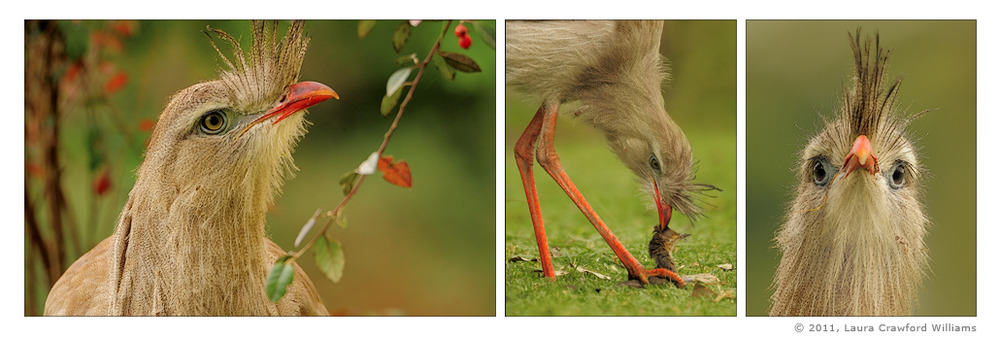
The Conclusion
I don’t know why I haven’t noticed before, but guess what? Mountains don’t run away. You find them and then wait for the great light, no worries. They will still be there later. No tracking, chasing, crawling, sneaking, or sitting in cramped blinds for hours. For me, this was a vacation and the photo opportunities just never stopped! There were times where Corey and I were completely confused about which way to turn our cameras.
If you’d like to see snow-capped mountains that resemble Georgia O’Keefe paintings, places that look like Santa Fe or the Badlands on steroids, truly original cultures that still hold to ancient traditions, quaint colorful villages, friendly people, extinct volcanoes, vast salt flats, and bright yellow grasslands…all while eating amazing food (without crowds of other tourists), then go to Northern Argentina!
